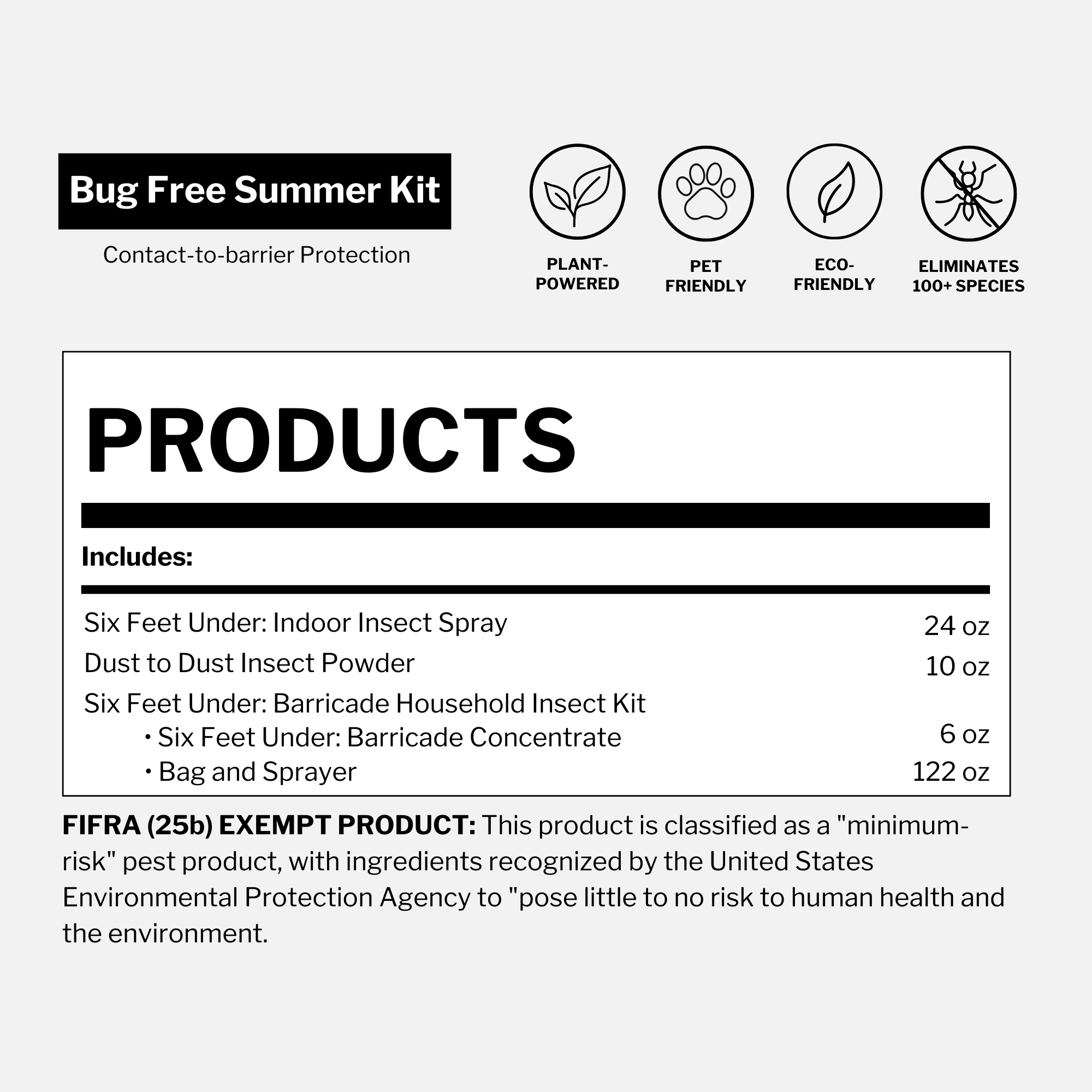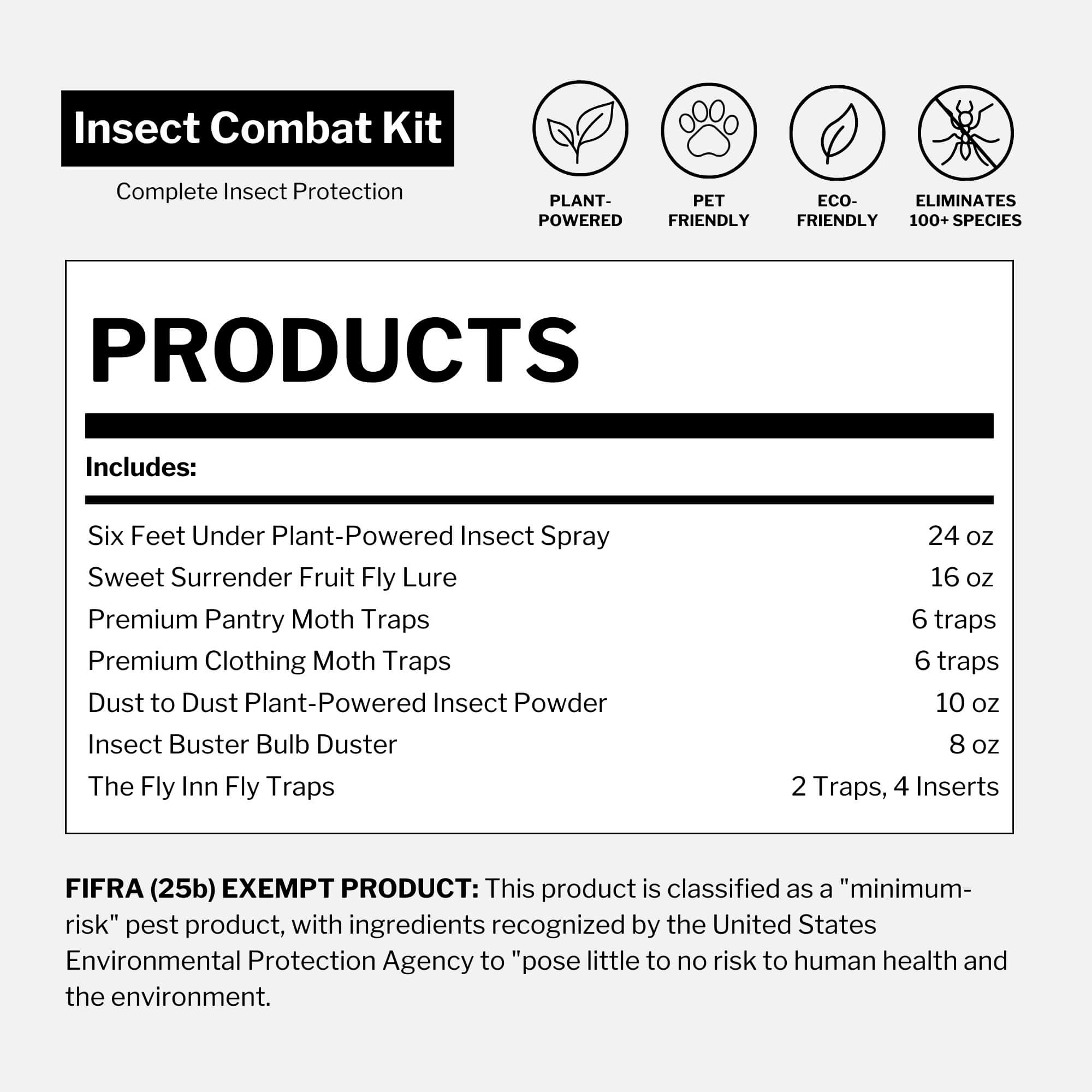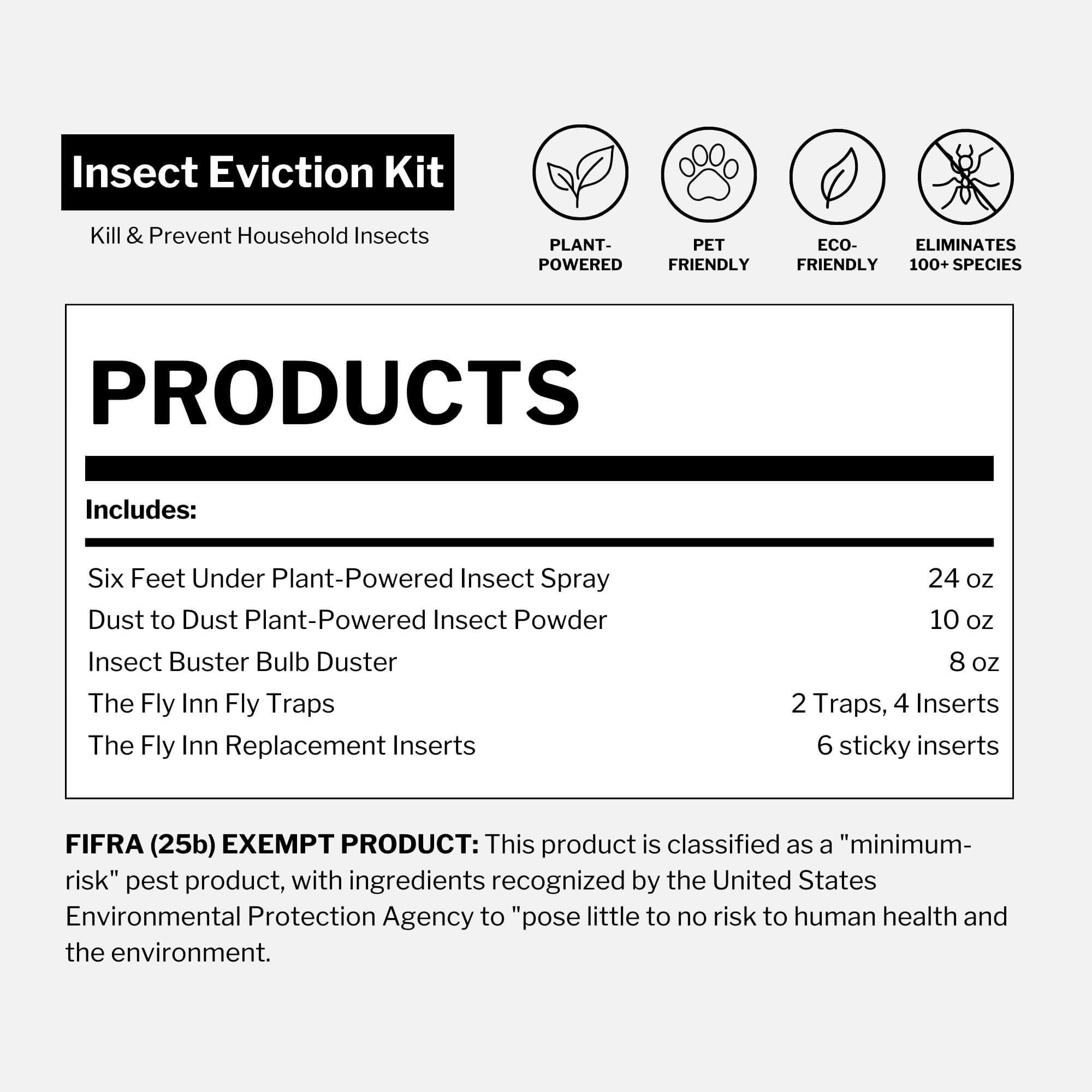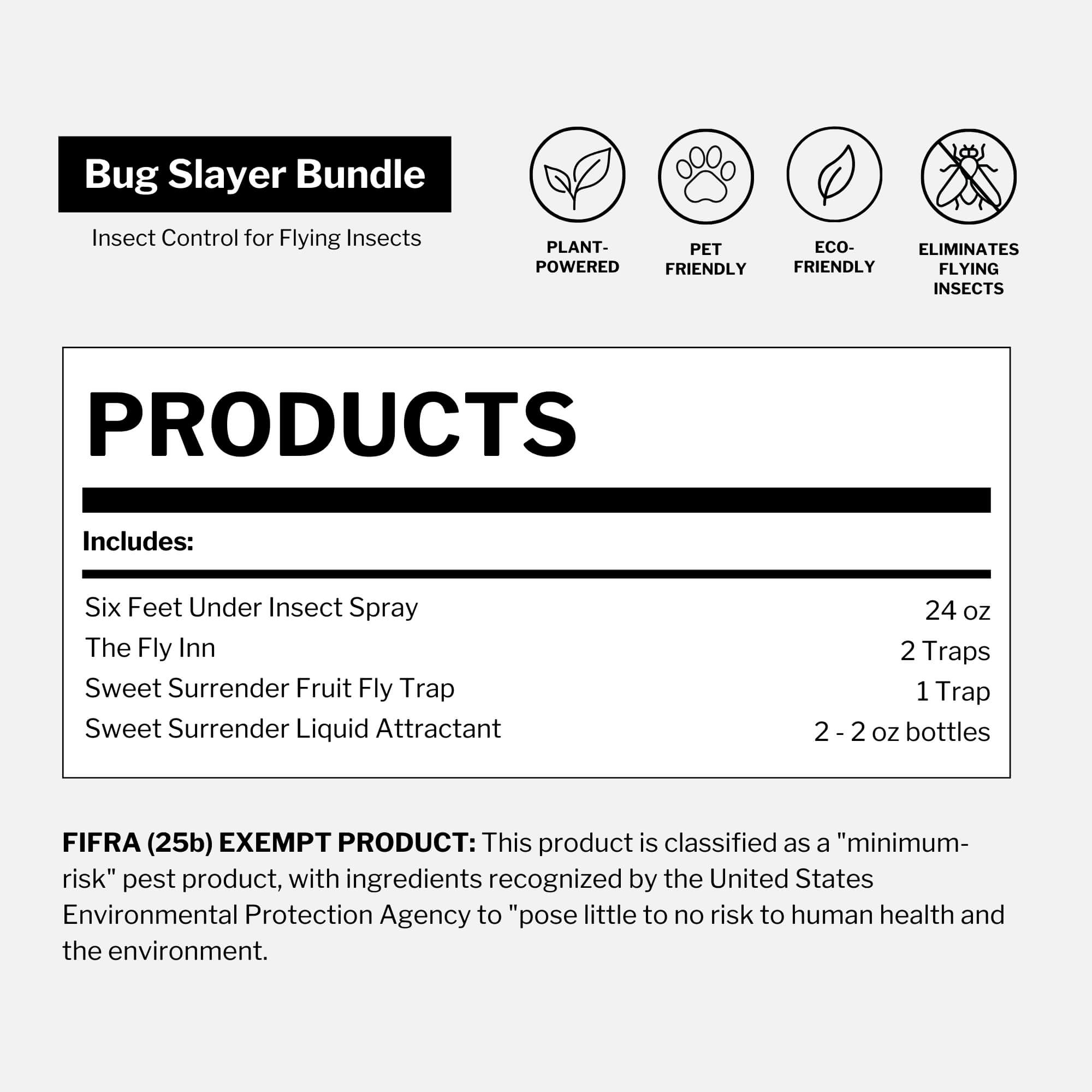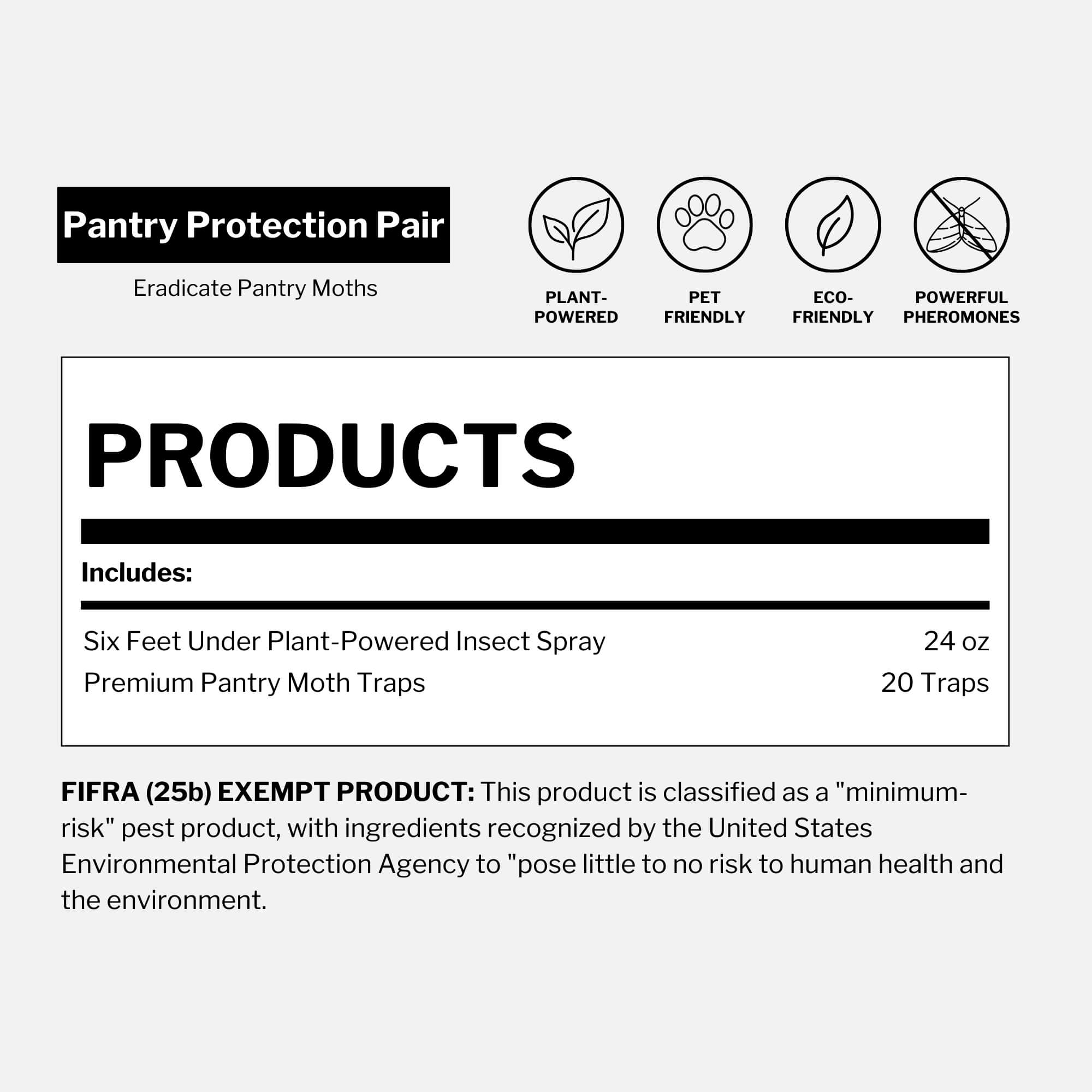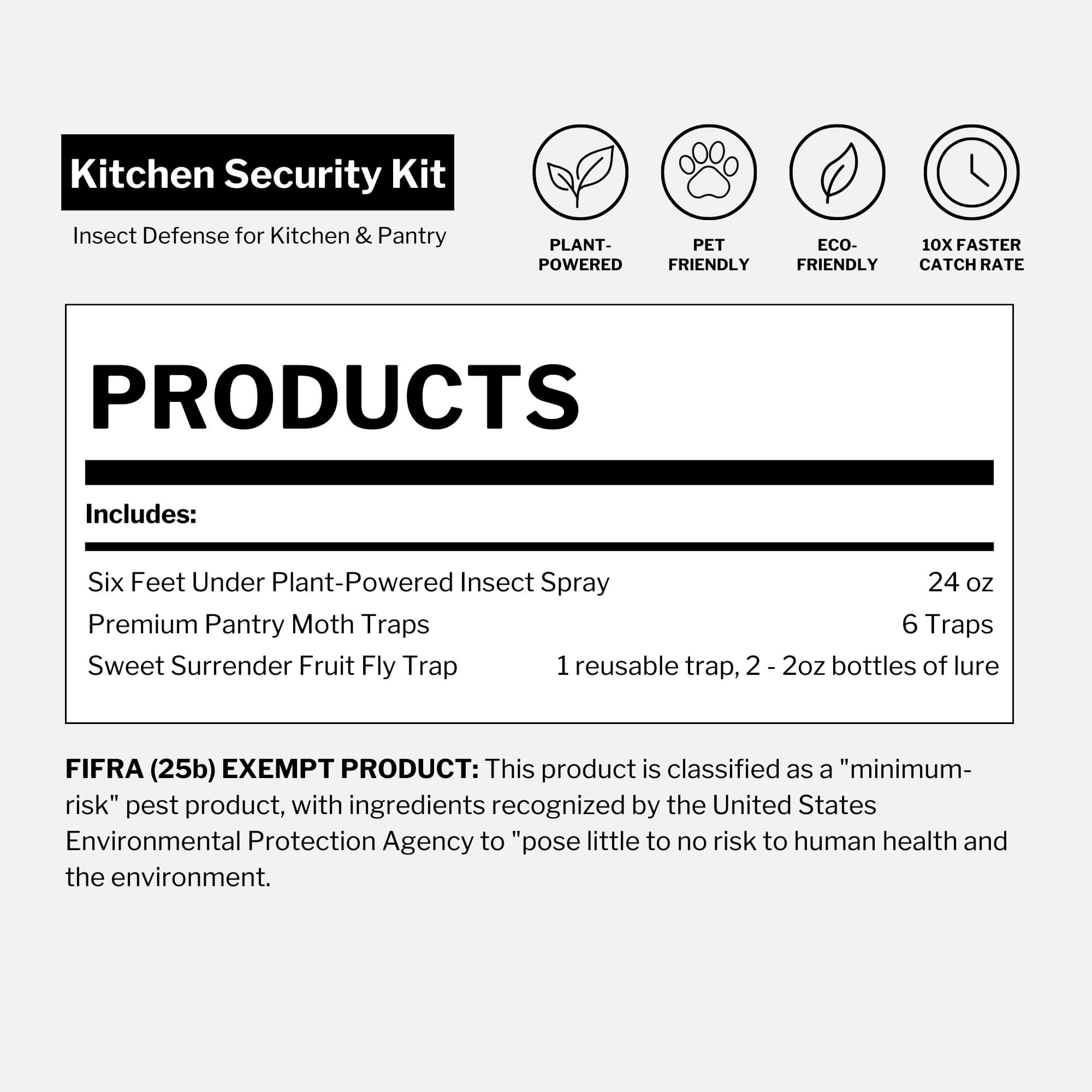Ladybugs may be tiny and charming, but they spark big questions: are ladybugs poisonous? Some worry about their bite, others about the faint odor they release and pet owners often wonder: are ladybugs toxic to cats and dogs?
The good news, according to research from Cornell University and the University of California’s Agriculture and Natural Resources (UC ANR), is that these garden visitors are rarely harmful to people or pets. Still, their quirky defenses and occasional indoor invasions make them worth a closer look.
This guide unpacks what ladybugs really are, how they behave and when—if ever—you should be concerned.
What is a ladybug?
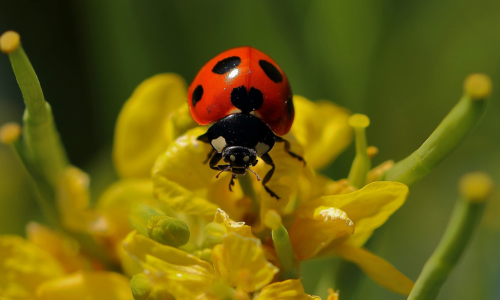
Long before they were backyard favorites, ladybugs carried a sense of mystery and wonder. In the Middle Ages, farmers prayed to the Virgin Mary when their crops were under attack. Swarms of tiny red beetles soon appeared, devouring the pests and saving the fields. Grateful farmers named them “beetles of Our Lady”—a title that eventually became “ladybugs.”
Today, these beetles are more than a good-luck charm. With over 5,000 species worldwide (University of California Agriculture & Natural Resources), ladybugs belong to the Coccinellidae family. Their signature look—a rounded, dome-shaped shell, six stubby legs and often a vivid red body dotted with black spots—makes them instantly recognizable. But not all ladybugs fit the classic image. Depending on the species, they may be orange, yellow, pink, or even spotless white, sometimes patterned with stripes instead of dots.
What is the life cycle of a ladybug?
The life of a ladybug is a tiny epic of survival and strategy—and a secret weapon for gardens. It all begins as a pale yellow egg, carefully tucked under a leaf near an aphid colony—the perfect buffet for the soon-to-hatch larvae. In just a few days, spiky, alligator-like larvae emerge, devouring dozens of aphids a day and growing rapidly in preparation for the next stage. These natural pest controllers play a crucial role in keeping plants healthy.

Once full-grown, the larvae settle on a leaf or stem to pupate. Inside the pupa, an astonishing transformation occurs: their spiny bodies dissolve and reorganize into the dome-shaped adult ladybug we all recognize. After several days, the new adult emerges, ready to hunt, reproduce and continue the cycle. Depending on conditions, ladybugs may produce one or two generations per year, with adults living several months or more.
Throughout these stages, ladybugs remain harmless to humans and pets, making them safe companions in your home garden. For a closer look at each stage of this tiny predator’s life, Cornell University provides detailed visuals and expert insights.
Where do ladybugs live?
Imagine spotting a cluster of tiny red-and-black beetles along a sunny windowsill or tucked in the corner of your attic. These are ladybugs, seeking a warm, dry refuge to overwinter during cold months. Cold-blooded by nature, they rely on external heat. That's why homes often become accidental winter sanctuaries. When one finds the perfect spot, it releases pheromones to invite friends—explaining why they sometimes appear in cozy indoor colonies.

Outdoors, ladybugs are adventurous natural pest controllers. Gardens, grasslands, forests and even urban backyards become hunting grounds wherever aphids and other soft-bodied insects thrive. A single ladybug can devour dozens of pests daily, helping gardeners and farmers maintain plant health naturally (UC Agriculture & Natural Resources).
Understanding their habitats helps homeowners appreciate these beneficial garden predators while coexisting safely. For a detailed look at how ladybugs choose their homes and support ecological balance, see Cornell University’s biocontrol research
What do ladybugs eat?
Step into a garden on a sunny morning and you might spot a ladybug crawling along a leafy stem, on a mission. These tiny predators are relentless hunters of soft-bodied insects, with a particular appetite for aphids—the notorious garden pests that damage plants. A single ladybug can consume dozens of aphids in a day, making them invaluable allies for gardeners and farmers alike (UC Agriculture & Natural Resources).
But aphids aren’t the only thing on their menu. Ladybugs also feed on scale insects, adelgids, mites, mealybugs, small caterpillars, whiteflies and insect eggs. Some species even sip nectar or pollen, giving them a versatile diet that helps maintain ecological balance in gardens and agricultural fields.
By understanding what ladybugs eat, homeowners can encourage these beneficial insects naturally, reducing the need for chemical pest control. For a closer look at ladybug feeding habits and their role in biological pest management, Cornell University’s biocontrol research provides detailed insights.
Are ladybugs toxic to humans, cats and dogs?
Ladybugs are celebrated as garden helpers, but are they truly harmless—or could they be toxic? Most species pose no real danger, yet the invasive Asian lady beetle (Harmonia axyridis) introduces a few caveats worth knowing (Research Gate study).
Humans: Asian lady beetles can release a yellowish, foul-smelling fluid when disturbed or crushed. This defensive secretion rarely causes harm but may trigger skin irritation, mild allergic reactions or respiratory symptoms in sensitive individuals. Most people experience only a tickly pinch if bitten and removing dead beetles promptly helps avoid any lingering allergenic proteins. These effects are uncommon and largely limited to indoor infestations of the Asian species.
Cats and dogs: Pets may paw, sniff or even try to eat ladybugs. While accidental ingestion of a single beetle is unlikely to harm cats or dogs, consuming multiple Asian lady beetles can cause oral irritation or mild gastrointestinal upset (American Kennel Club [AKC]; American Society for the Prevention of Cruelty to Animals [ASPCA]). Under normal circumstances, most ladybugs are safe and such effects are rare—but understanding ladybug safety indoors helps pet owners stay prepared.
Can ladybugs trigger allergies?
While ladybugs aren’t toxic, they can cause allergic reactions in some people. Research has shown that exposure to the Asian lady beetle may trigger symptoms, including itchy eyes, runny nose, coughing and even asthma-like reactions in sensitive individuals. This happens because proteins in the beetles’ bodies and droppings can act as allergens once they’re airborne indoors.
Though these cases are relatively uncommon, it’s worth noting if you or a family member has known sensitivities. Most people will never experience issues, but if you notice allergy-like symptoms that line up with a ladybug invasion, the beetles could be partly to blame.
Overall, most ladybugs are safe, and the question “are ladybugs toxic?” generally applies only to rare Asian lady beetle infestations indoors.
How do I get rid of ladybugs safely?

Finding ladybugs indoors can be a surprise—sometimes cute, sometimes swarming chaos. While most species are harmless, the invasive Asian lady beetle can become a nuisance. Managing them safely is key to protecting your pets, family and furnishings.
Gentle removal, sealing entry points and using botanical, pet-safe sprays (like Dr. Killigan’s Six Feet Under) offer a proven, safe approach. These steps keep indoor ladybugs under control while letting you enjoy their natural garden benefits outdoors.





